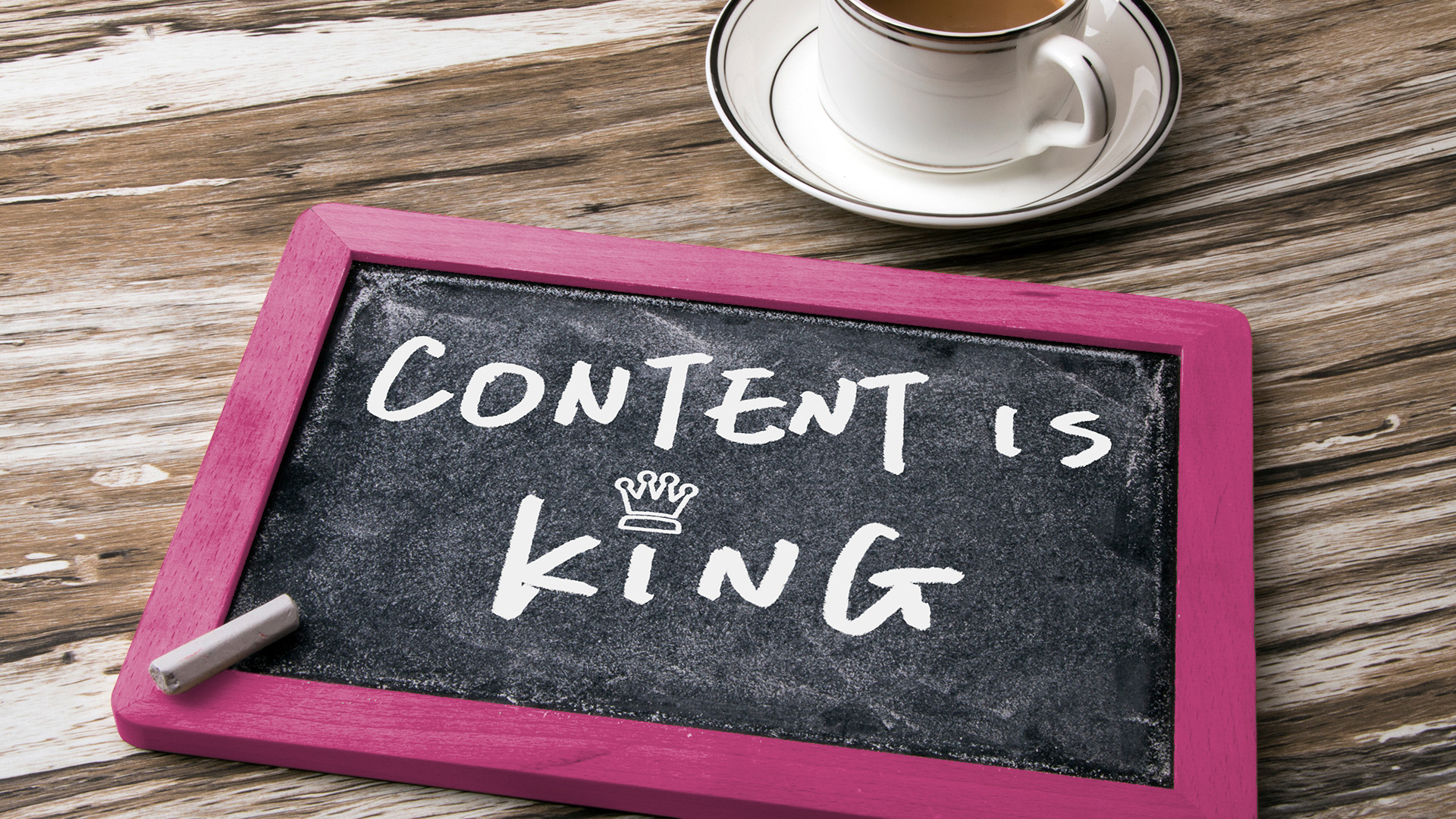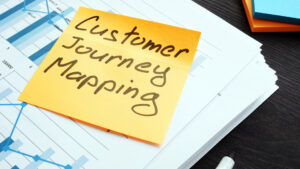In the realm of digital marketing, the customer journey is no longer a linear path. Customers, also in B2B, have evolved into self-educating buyers who proactively seek information to make informed decisions. To succeed in this landscape, businesses must embrace a customer-centric approach that revolves around addressing the questions and concerns of these self-educating buyers. In this article, we’ll explore the power of content-driven marketing and how it fuels B2B marketing strategies.
The Rise of the Self-Educating Buyer
In the past, B2B buyers relied heavily on sales representatives for information about products or services. However, the internet has empowered buyers to research and educate themselves before engaging with a sales team. This transformation has given rise to self-educating buyers who actively seek answers to their questions and solutions to their challenges online.
Identifying Customer Questions
The first step is to have a clear understanding of who your customers are, what they need, and how they make decisions. Based on this you can identify the questions and concerns your customers have at various stages of their journey. To do so, you should start with the following:
- Talk to your sales colleagues, they usually can give you a lot of insights.
- Join a sales meeting with a customer.
- Conduct customer surveys and interviews.
- Analyze customer feedback and inquiries.
- Monitor online forums, social media, and website comments for common questions.
Creating Content that Answers Questions
Armed with insights about the questions and concerns of your customers you can create content that directly addresses these issues. This content can take various forms, including:
- Blog posts that provide in-depth explanations.
- Videos that demonstrate solutions.
- Whitepapers or ebooks that offer comprehensive guides.
- Webinars that delve into specific topics.
Understanding the Customer Journey
To effectively cater to the self-educating buyer, it’s crucial to map out the customer journey and align your content strategies accordingly. Let’s delve into a practical example of how customer journey mapping informs content creation and marketing automation for a B2B corporation:
Stage 1: Awareness
- Customer Journey Insight: Prospects, including self-educating buyers, are aware of a challenge but may not know the solutions.
- Questions Customers and Self-Educating Buyers Are Asking: What are the common challenges in our industry? How can these challenges be addressed?
- Content Creation in the Right Channels: Create blog posts, videos, or whitepapers that address common challenges and introduce potential solutions. Share these resources in the right channels where your prospects, customers, and self-educating buyers are active.
Stage 2: Consideration
- Customer Journey Insight: Prospects, including self-educating buyers, are researching solutions and comparing options.
- Questions Customers and Self-Educating Buyers Are Asking: What are the best solutions available? How do these solutions compare?
- Content Creation in the Right Channels: Develop comparison guides, case studies, and webinars highlighting the benefits of your solutions. Share these resources in the right channels your prospects, customers, and self-educating buyers prefer.
Stage 3: Decision
- Customer Journey Insight: Prospects, including self-educating buyers, are ready to make a decision and need final reassurance.
- Questions Customers and Self-Educating Buyers Are Asking: Why should I choose your solution? What results can I expect?
- Content Creation in the Right Channels: Produce testimonials, ROI calculators, and product demos. Share these resources in the right channels, including emails and webinars tailored to decision-makers.
Stage 4: Post-Purchase
- Customer Journey Insight: Customers, including self-educating buyers, seek support, additional resources, and loyalty incentives.
- Questions Customers and Self-Educating Buyers Are Asking: How can I make the most of your product/service? What additional benefits do you offer?
- Content Creation in the Right Channels: Create customer success stories, guides, and loyalty programs. Share these in the right channels, including emails and customer portals.
Conclusion
In the realm of B2B marketing, the journey of your customers, including self-educating buyers, is your compass. Customer journey mapping empowers marketers to chart a course that aligns with customer needs, preferences, and expectations. By answering customer and self-educating buyer questions at every stage and delivering content through automated sequences in the right channels, you build trust, loyalty, and a meaningful connection with your audience. In the B2B world, understanding the journey is not just important; it’s the key to sustained success, especially in catering to the self-educating buyer.




